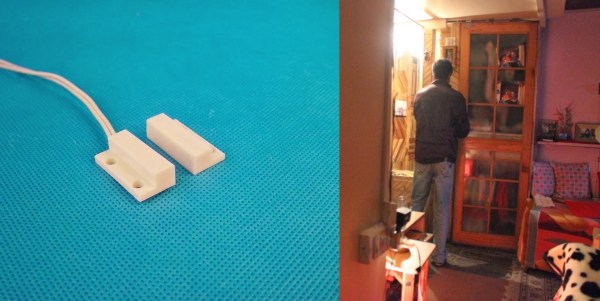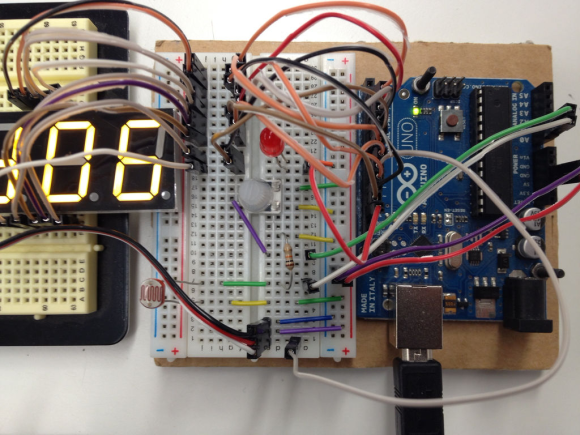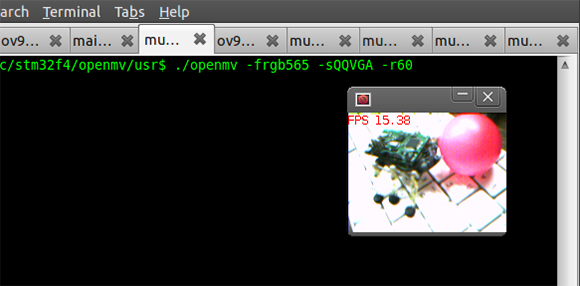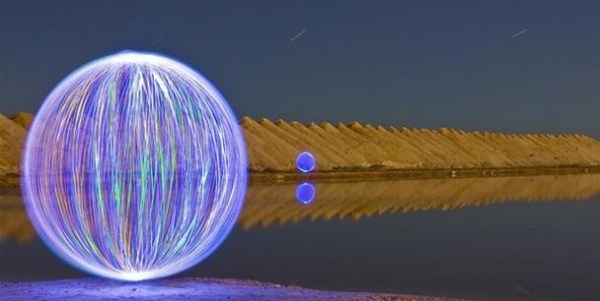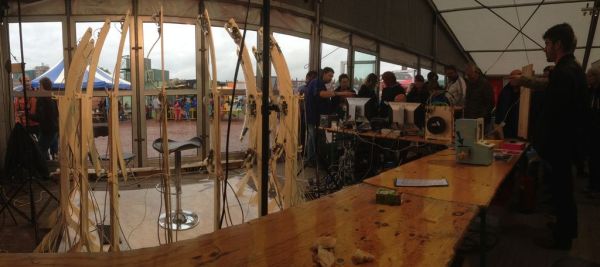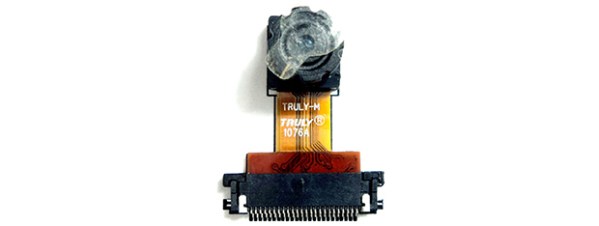![]()
[ZigZagJoe’s] first foray into astrophotography is this impressive AVR barn door tracker, which steps up his night sky photo game without emptying his bank account. If you’ve never heard of astrophotography, you should skim over its Wikipedia page and/or the subreddit. The idea is to capture images otherwise undetectable by the human eye through longer exposures. Unfortunately, the big ball of rock we all inhabit has a tendency to rotate, which means you need to move the camera to keep the night sky framed up.
Most trackers require precision parts and fabrication, which was out of [ZigZagJoe’s] grasp. Instead, he found a solution with the Cloudbait Observatory model, which as best as we can tell looks vaguely similar to the tracker we featured last year. Unlike last year’s build—which uses an ATmega32u4 breakout board— [ZigZagJoe’s] tracker uses an ATTiny85 for the brains, running a pre-configured table that determines step rate against time.
Continue reading “AVR Barn Door Tracker For Astrophotography”

